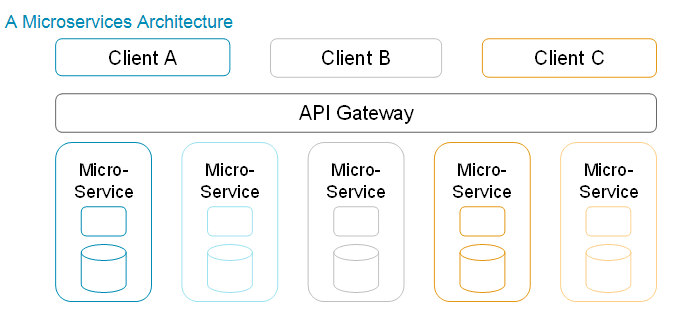Could advances in microservices architecture be set to change insurance software forever?
The fashionable way to build new applications is fast becoming microservices. This is another service-oriented architecture as the name suggests, but one influenced by today's focus on the cloud, APIs, and automation. In this report Celent discusses the nature of the architecture, why now, and what it means for vendors and buyers in insurance technology.
There are many architectural styles for building software, of which microservices architecture is a recent and currently popular style. Microservices architectures are focused on delivering small, discrete and individually deployable services — in some cases, each service as their own micro application. Thus, the name is derived from a microservices architecture being a collection of many small services.
In this report Celent, offers a definition of microservices and microservices architectures. Celent also contrasts this architectural style with others to give insight into why microservices are relevant now, where they are best deployed, and more importantly, what their limitations are.







